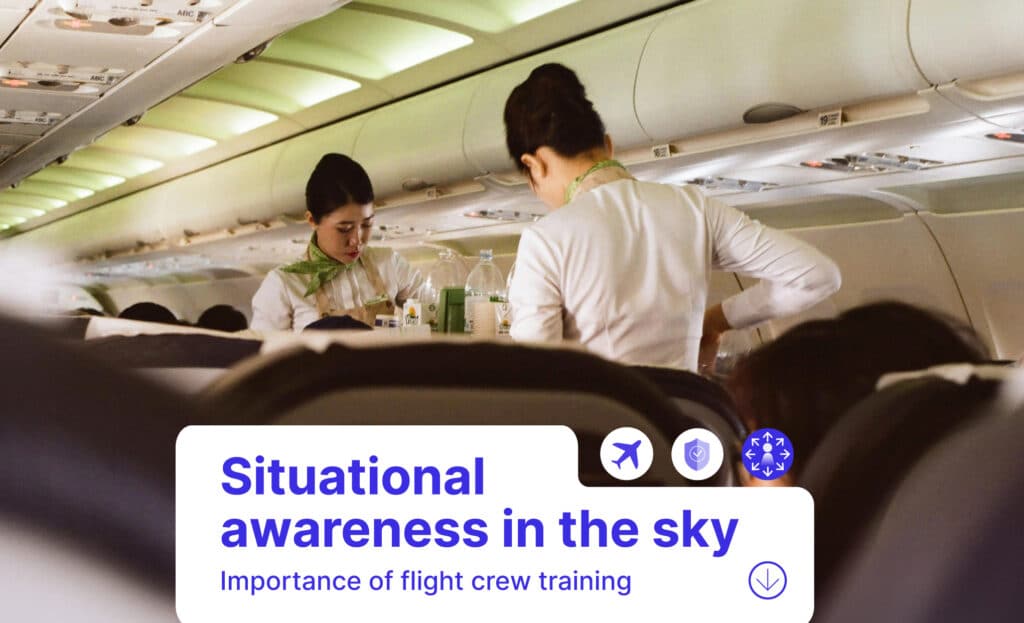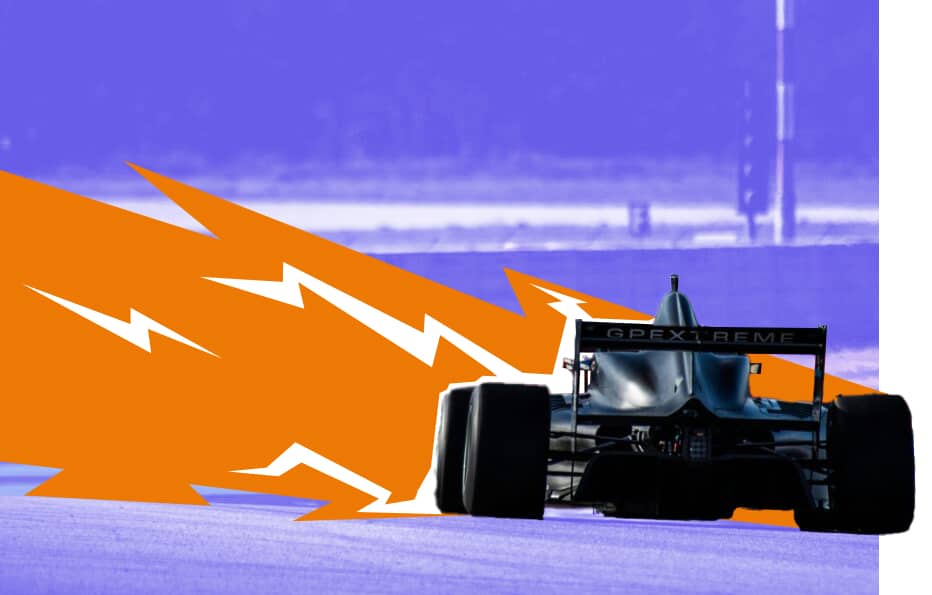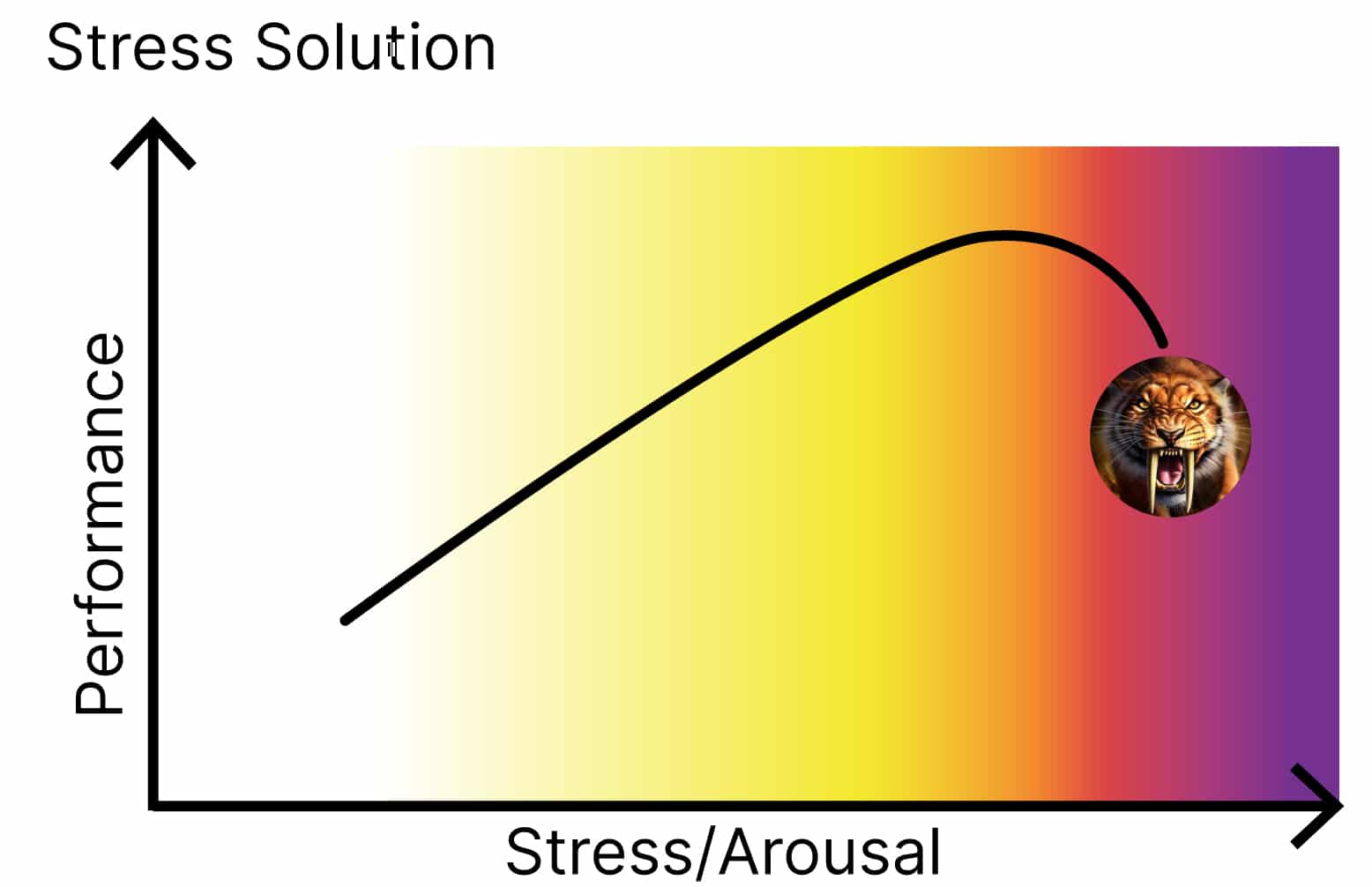
As a passenger, do you ever consider, “What are my actions if the passenger next to me has a heart attack?” or “What are my best options if we suddenly need to evacuate?”.
No? Doesn’t resonate with you that well.
For pilots and cabin crew, these are items constantly up for review.
To ensure the highest level of safety, flight crews must master situational awareness to make swift decisions and respond appropriately to sudden critical events.
Discover all our aviation-related topics.
Situational awareness (SA) is the ability to comprehend the current state of an environment, understand its implications, and anticipate future developments.
In aviation, SA takes on a paramount role, as the consequences of failing to maintain it can be catastrophic. Effective SA involves monitoring critical elements like the aircraft position, condition of the passengers, traffic, and cabin status, while processing this information to make informed decisions.
During our Crew Resource Management training, we refer to five levels of situational awareness:

The tuned-out level of situational awareness is a level at which we are very relaxed. You can compare it to driving on a deserted highway with miles ahead of you. Here, we might have the radio on at full blast, contemplating what we’re having later for dinner.
We’re tuned out of the reality and the cues around us – tuned in to our own world.

Imagine you are driving home from work in your car on Wednesday afternoon in the city. Most drivers would be relaxed in this situation. While it requires us to step up and pay more attention, we can still continue conversing or even sing along to our favorite tune.

You can compare this level of situational awareness to driving down a freeway while it’s heavily snowing. These conditions would require you to step up even further in awareness, ready to react to a car sliding. Although we can still converse, we may keep conversation to a minimum and turn off the radio to avoid distraction. (*Disclaimer: If you took your driver’s license in Serbia, this might not be the best example for you).

Imagine driving in Formula One next to Lewis Hamilton trying to keep up in the race while doing your best not to crash. At this high alert stage, the task demands all our mental resources. We tune so much into certain aspects that we’re now unable to converse with the person sitting next to us, and although the radio is playing loudly, we do not sense the music.

Comatose is the stage where we momentarily lose contact with our rational mind. As a result, situational awareness is lost. Sound decision-making is out the window; it is a return to basic survival instincts, and the FIGHT/FLIGHT/FREEZE response is activated. This is also the possible consequence of a startle response.
Imagine what happens to flight safety – your safety – if the flight crew suddenly gets comatose. When I say “sound decision-making is out the window, ” I mean the incredible Hulk stopped by and hit it out of the park.
Or, imagine the flight crew were tuned-out – tuning out the reality they are in – to instead allow intrusive thoughts enter, like; “I’ve never seen a baby pigeon” (bounty given for anyone who can provide evidence of their existence).
The flight crew’s ability to maintain good situational awareness is the foundation of their ability to respond appropriately to emergencies, ensure passenger well-being, and assist with the smooth operation of the flight.
Good situational awareness will allow the flight crew to anticipate and navigate through potential dangers and risks associated with flying. A high level of situational awareness enables flight crew to make well-informed choices even in high-stress situations.
I’ve seen various approaches to training situational awareness in aviation. Most focus on training the crew’s understanding of situational awareness and explaining why good situational awareness is essential.
While this is an essential first step, it’s not enough to introduce the concept of SA and its importance – we must dig deeper than that.
During Crew Resource Management courses, we want students to reflect on how each level of situational awareness impacts their performance.
Allow me to pull back the curtain a little. During CRM courses, we introduce the rather famous Yerkes-Dodson curve.

The Yerkes-Dodson curve is a psychological concept that illustrates the relationship between arousal (or stress) and performance. It suggests that as arousal increases, so does performance up to a certain point. Beyond that optimal level of arousal, performance starts to decline. The curve indicates that very low and very high levels of arousal can hinder an individual’s ability to perform effectively.
Here, we typically get answers that look like this:
Here, we typically get answers like this:
Here’s what we most often hear:
While this might be true, we’re forgetting one crucial factor – humans have limitations.
The focused awareness level is extremely draining on our mental capacity, and there’s a limit to how long we can stay there.
At the tuned-out stage, our adrenaline levels are relatively low, so when something startling happens, there’s a risk that the body will overcompensate for lack of adrenaline by overproducing it – taking us straight “over the curve”.
In the high alert stage, our adrenaline levels are already extremely high, and we can easily imagine how just a little more can make us comatose.
According to research by Barrel and Stratford, the relaxed awareness stage is the one that best prepares us to deal with a variety of critical events. This knowledge is useful for stressing the importance of proper briefings and our silent reviews before take-off and landing.
We introduce this exercise to heighten our students’ understanding of situational awareness and its different levels. However, our main purpose is to have them realize how they, during regular operation, will move up and down on this Yerkes-Dodson curve – impacting their ability to maintain “good situational awareness”. The aim is for pilots and cabin crews to identify which periods or situations they might be at particular risk of losing “good” situational awareness and provide them with tactics to prevent this.
In 2016, we presented at EATS on this exact subject. Here’s how we at NaviMinds approach the topic of situational awareness in aviation:
Situational awareness is the bedrock of safe and efficient aviation operations. It empowers flight crew to confidently navigate the skies, adapt to changing circumstances, and ensure the well-being of everyone on board.
As aviation continues to evolve, we must be even better in training flight crew in their understanding of SA and provide them with the necessary tools to maintain a good level of SA.
Dive into our insightful and informative articles that will help you explore more and get ahead of the competition.
© 2024 NaviMinds – Designed by Aveo web&marketing